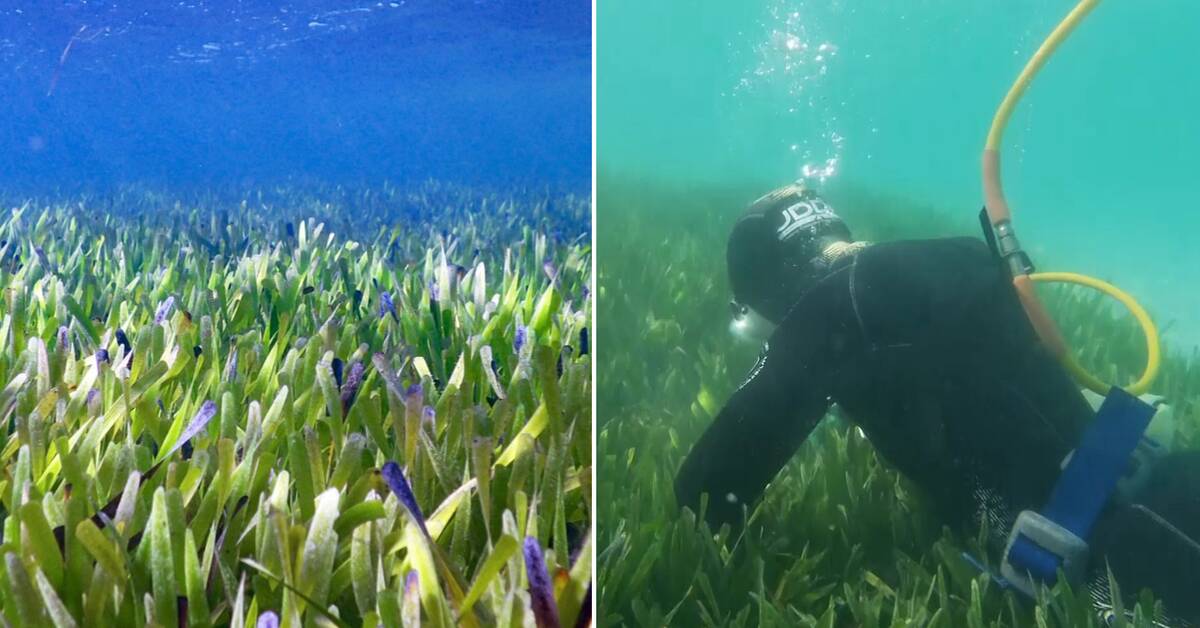At first it was thought that the meadow was a cluster of thousands of individual species.
But genetic analysis has revealed that the underwater fields of waving green seagrass are a single organism.
The plant covers 180 square kilometers and has made copies of itself for 4,500 years.
The research was published Wednesday in the Proceedings of the Royal Society B.
Researchers confirmed that the meadow was a single organism by taking samples and comparing DNA from seagrass shoots across the bed, wrote Jane Edgeloe, a co-author of the study and marine biologist at the University of Western Australia.
"The most widespread known clone on earth"
A variety of plants and some animals can reproduce asexually.
There are disadvantages to being clones of a single organism - such as increased susceptibility to disease.
The researchers call the meadow "the most widespread known clone on earth", and cover an area as large as the island of Aruba in the Caribbean.
Although the seagrass bed is huge, it is vulnerable.
A decade ago, seagrass covered another seven square kilometers, but cyclones and rising sea temperatures linked to climate change have recently killed nearly a tenth of the old seagrass bed.

